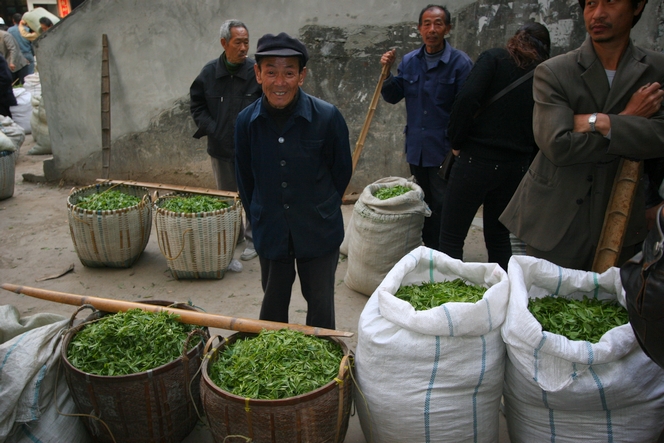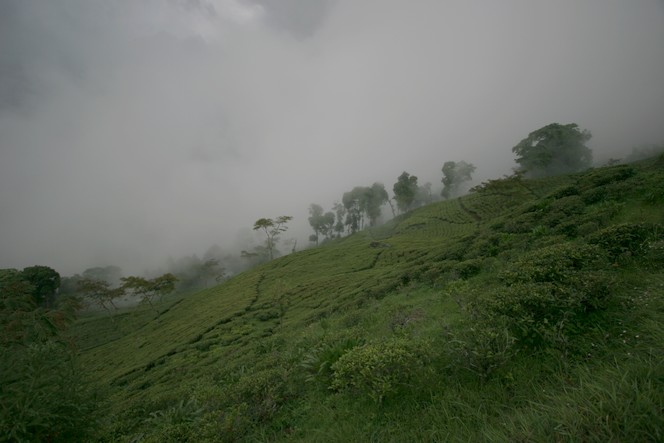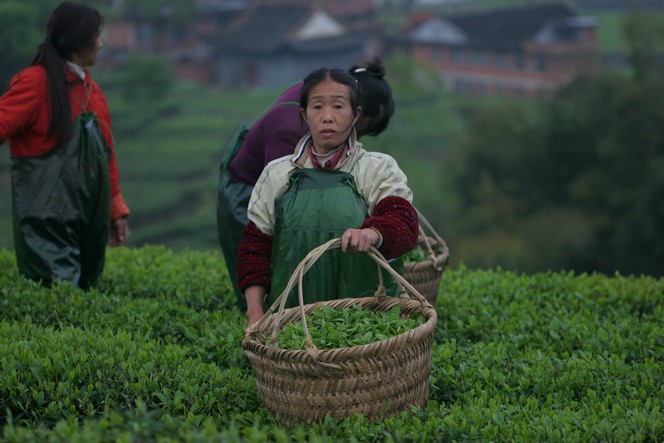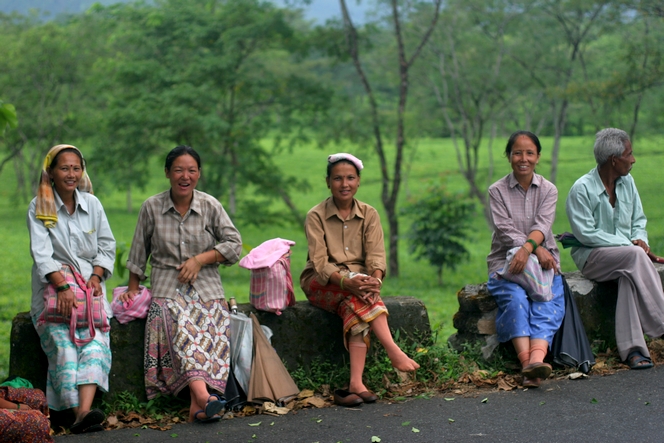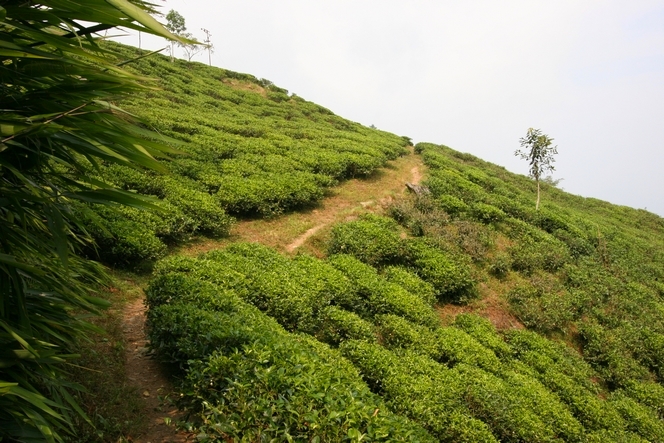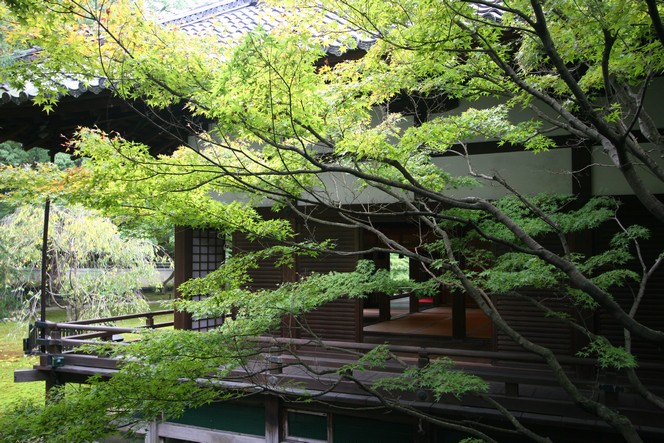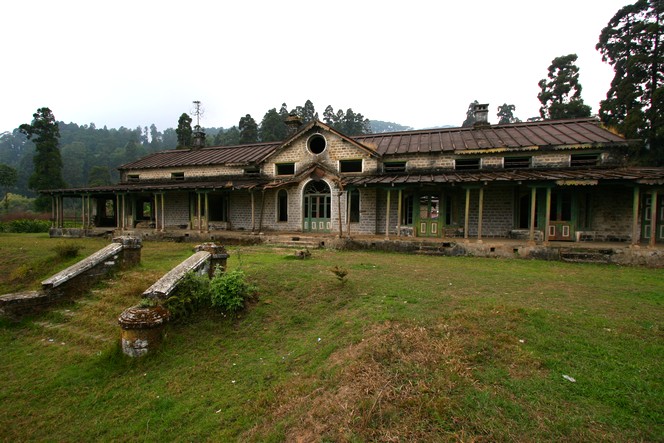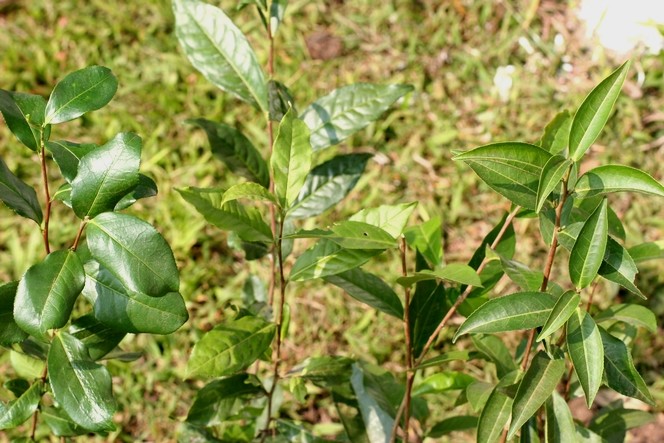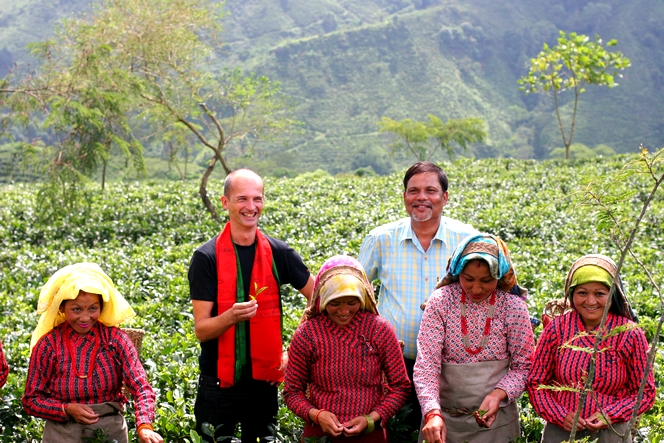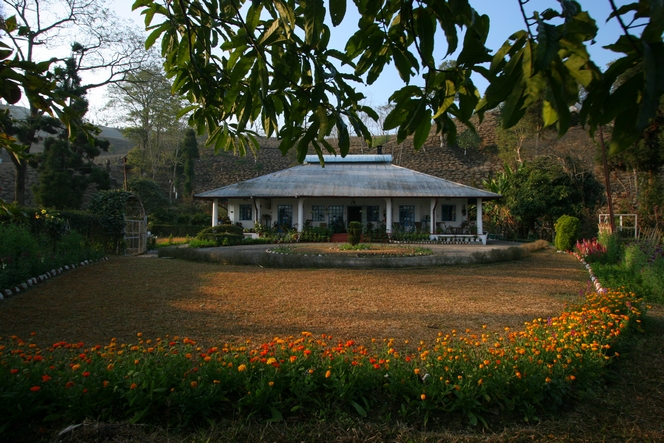Here in China, the harvesting of premium teas is in full swing. Some farmers have their own buildings equipped with various machines for processing the tea. Others, like Mr Li, sell their freshly plucked leaves to bigger farmers who have the necessary facilities.
Once harvested, tea spoils quickly. Here, at the Fuding tea market, Mr Li absolutely must find a buyer in the next two hours. With the quality of his leaves, he should have no difficulty, and he gives a big smile for the camera.

